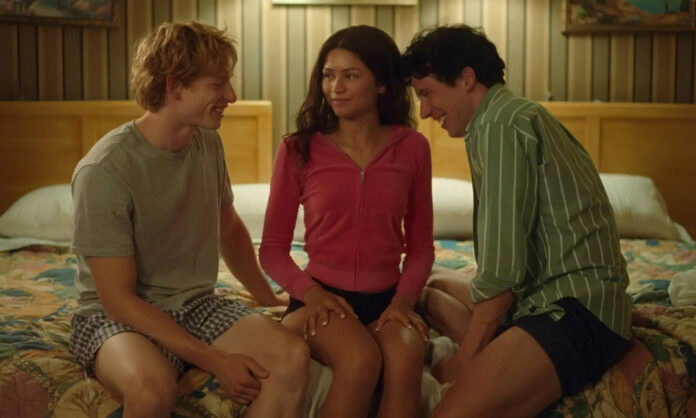In an interview with ScreenCraft, Justin Kuritzkes share insights from his screenplay for Challengers, which combines marriage drama with high-stakes action.
Kuritzkes developed the concept for the screenplay after watching a professional tennis match. He wondered if the audience would be more invested in the outcome of a match if they knew more about the personal lives of the players. “I always knew that the structure of the movie was going to be that we would be dropped into this match, and these people would be looking at each other like something really serious and deep was going on between them,” he said. “And then we would gradually figure out how we got here.”
While writing, Kuritzkes continually asked three questions: “How does this change the stakes? How does this change our understanding of what we’ve been watching? And how does it change what we think about where all these people are in relationship to each other?” While the tennis fans are invested in the game, a love triangle creates deep personal stakes for the three main characters.
Kuritzkes also focused on creating drama without dialogue. Much of the interpersonal tension is played out in tennis matches. Kuritzkes reveals the subtext through flashbacks, during which the audience learns how the characters met, fell in and out of love, and created conflicts and obstacles for each other. As a result, the tennis matches feel like non-verbal arguments as two of the characters fight for an upper hand in their relationship with the woman they both love.
Knowing the backstory also creates tension in scenes where only two of the characters are on-screen, because the audience knows their history and subtext. In a way, the audience fills in for the missing character.












